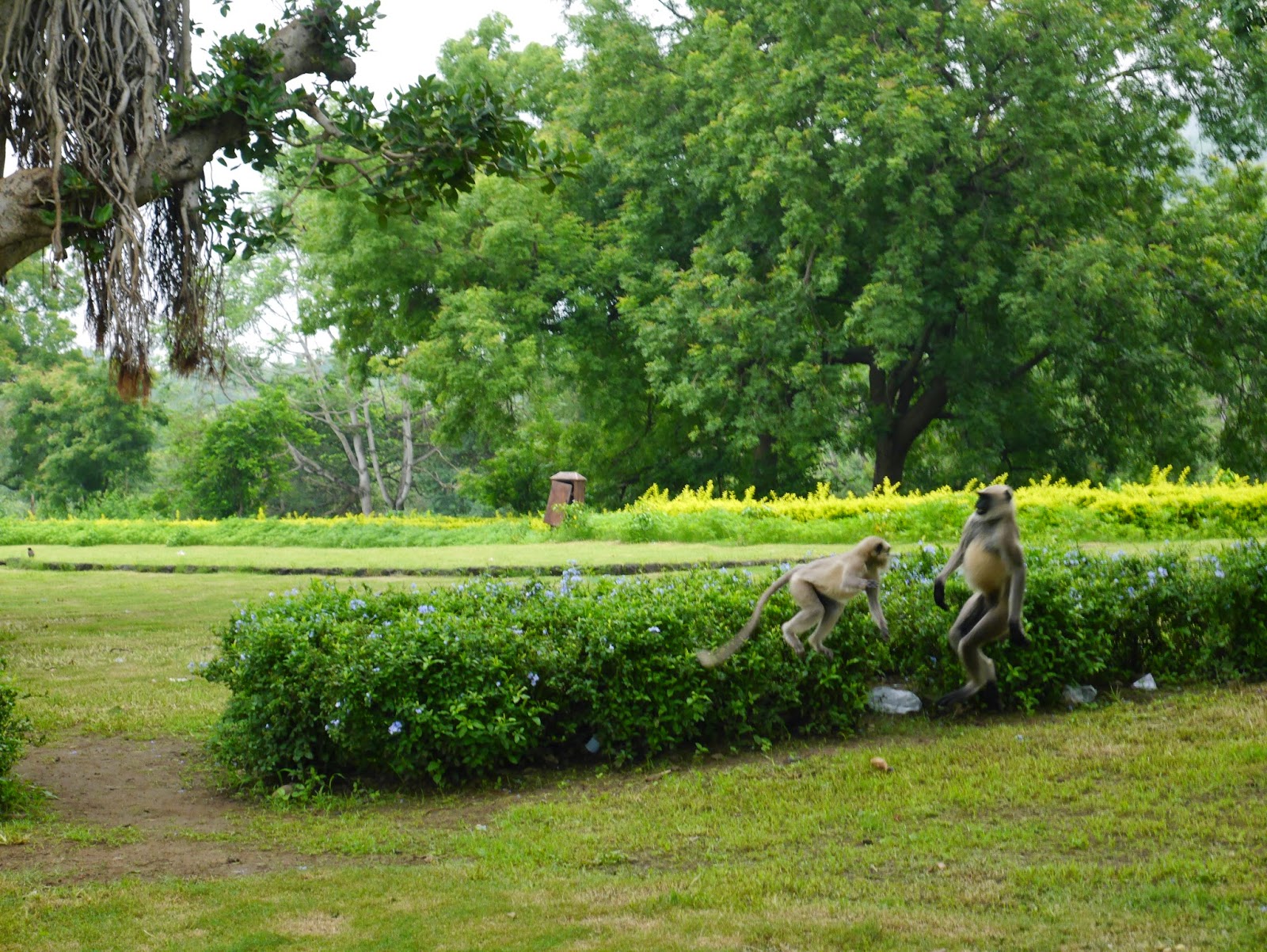While I was packing for this trip and putting my first aid kit together, I envisioned all the ailments that could befall me in India that I should be prepared for. The common cold didn't really cross my mind. Nor did my newest nemesis, what I'll call my uncommon cold, or other, less polite things, in my head.
This bug has a life of its own. Originally gifted by one of my roommates, it has gone away for 2-3 days at a time and come back twice, each time with more firepower than the first time. It has put me on my back for longer than any ailment I've had in a while. And this time I'm staying on my back, because if it returns again, it might do so as the Plague.
And it got me to the doctor, which is the entire point of me airing my frailty here. I was finally convinced to go to see one that came recommended by another American I know here. I wasn't thrilled with the idea, but my other roommate told me I had to, and what the hell, I was pretty miserable.
I went to her office at a medical center nearby, primarily serving wealthy Indians and expats. Going in, I was uncertain of what it was going to cost. I got my answer pretty quickly, since they, surprisingly, had me pay up front. 550 rupees, of which 150 was for registration. That's a little more than $9. Not as a copay. In total. As evidence, I submit a redacted version of my bill. Which, for some reason, includes my age calculated to the day.
She was very nice and straightforward. She took my vitals and description of my symptoms, saw that I pretty clearly had a cold, prescribed me some remedies, told me to drink more warm fluids and rehydrate. I'm supposed to stay away from chilis, which is hard to do in India, and ice, which is easy. It took under 15 minutes.
I picked up some prescriptions, including cough syrup, a mild antibiotic, a cold remedy that is acetaminophen+decongestant for another 300+ rupees. Which brings the total to less than $15.
As someone who doesn't necessarily need a personal relationship with a doctor, who just wants treatments for what needs treating and can be treated, I thought it was great. Efficient, capable, and CHEAP. Suddenly, medical tourism (which the nicer hospitals and clinics market blatantly) makes a lot more sense. I'm suddenly looking into visiting an Indian dentist.....
[UPDATE] I went back yesterday for a follow-up and didn't have to pay for a the visit, which lasted all of about 7 minutes and got me a couple more days of medicine to finish this bug off. In all this, I have a feeling I was getting a little bit of special treatment as a foreigner, but not a lot.
Fun fact: Acetiminophen is called paracetemol in much of the world, including here. When described in Africa, it sounded like a mysteriously strong magical remedy that could cure all ills. Then I did a quick web search and realized it was Tylenol.













.JPG)







































